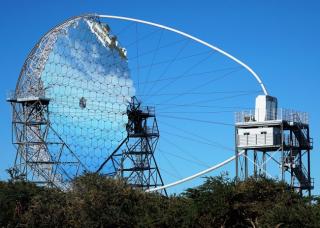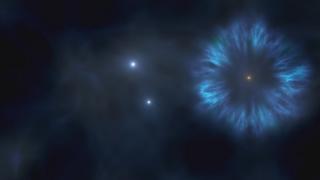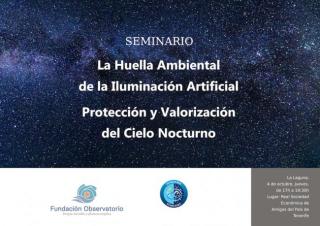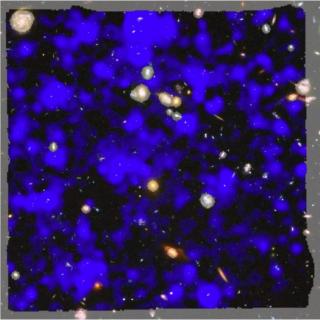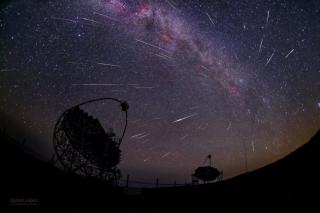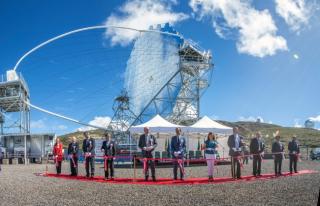
Its height is 45 m, and its diameter is 23 metres; it weighs close to 100 tonnes which can be moved in less than 20 seconds to capture the gamma rays emitted by the most energetic phenomena in the universe. This is the telescope which was inaugurated this morning at the Roque de los Muchachos Observatory, in the La Palma town of Garafia by the Nobel Laureate in Physics Takaaki Kajita, and by the Spanish minister Pedro Duque, among other outstanding scientific and political figures.
Advertised on
